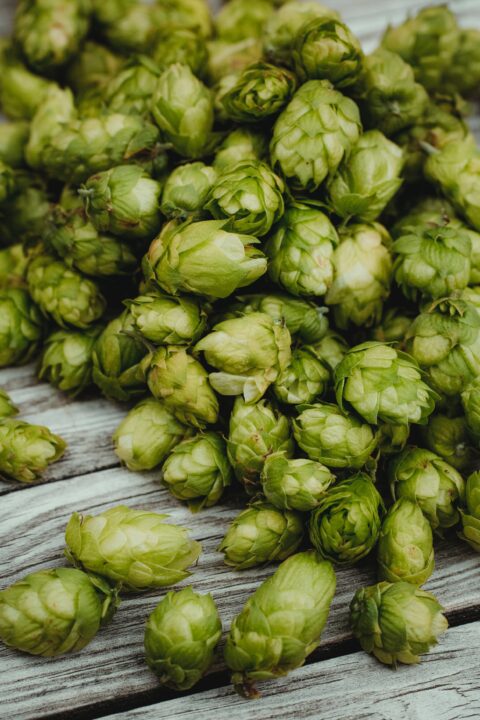Worse Before Better? Key Forces That Will Shape the U.S. Ag Economy in 2023
The U.S. economy still has considerable momentum and is not currently on the verge of recession. However, economists have never been more pessimistic and there are very legitimate reasons for concern. Over the past half century, inflation above 5% has never been tamed without incurring a recession. That portends a painful yet necessary chain of events will unfold in 2023, according to a comprehensive year-ahead outlook report from CoBank’s Knowledge Exchange.
The CoBank 2023 outlook report examines several key factors that will shape agriculture and market sectors that serve rural communities throughout the U.S.
Global Economy: No Escaping This Slowdown
After two years defined by a strong economic rebound from the pandemic, the global economy will sputter in 2023. A persistent energy crisis in Europe, China’s messy exit from zero-COVID and higher interest rates globally will reduce world economic growth to a crawl. Europe, likely already in recession, will muddle through the winter with sufficient energy supplies. China, much less impacted by Russia’s invasion of Ukraine, will continue to struggle with the impacts of COVID. Greater Asia will be negatively impacted by sliding global demand for goods. Emerging markets will keep the global economy growing in 2023 as advanced economies collectively will be stagnant and could even shrink.
U.S. Economy: Some Pain is Necessary
The labor market remains very tight, consumers are still spending aggressively, and corporate profit margins have hit record levels despite high inflation. If a recession is coming, it will take several months for these factors to reverse course, delaying any potential recession until at least Q2 2023. Even then, it is unclear how readily businesses would lay off workers after experiencing such extreme staffing challenges over the past two years. The structural loss of more than 2 million workers since 2020 is contributing to higher inflation for both goods and services. However, the void that their exit has left could also cushion the economy from the worst of a downturn in 2023.
U.S. Agricultural Economy: Farm Margins Will Tighten
Despite the global pandemic and a steady barrage of disruptive challenges, the U.S. agricultural economy has fared quite well for the last three years. However, in 2023 producers and related industries will begin to show financial strains. A relentless series of adversities including skyrocketing production costs, steeply higher interest rates and weakening demand will increasingly pressure farm income and margins. The ongoing drought and increasing political tensions with China — the U.S.’s largest agricultural export market — present additional downside risk. China has made it clear that it would like to minimize its dependence on imports of U.S. agricultural products, adopting a “buy only if we have to” attitude.
Specialty Crops: Drought, Labor Shortages, Strong U.S. Dollar Among Headwinds
Specialty crop growers and processors face a multitude of headwinds in 2023. Costs of water, labor, fertilizer and other inputs are rising while a strong U.S. dollar and weakening global economy drag on the U.S.’s ability to sell products abroad. California in particular faces worsening conditions with the highest diesel prices and farm wages in the U.S. amidst a worsening drought. The drought has lifted the price of water to record highs as La Niña conditions persist into a third straight year. Tight labor availability will require growers to lean harder on H-2A workers or adopt more automation in the field. Despite the headwinds, growers and processors will benefit from falling costs of shipping containers and fewer delays at ocean ports.
To read the full report, visit CoBank.com.










